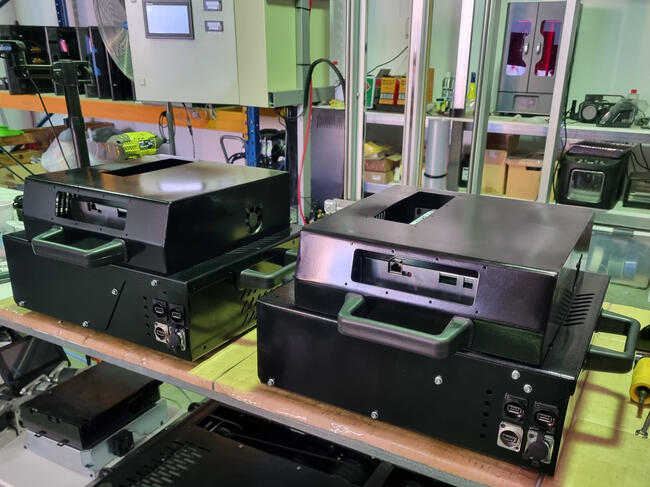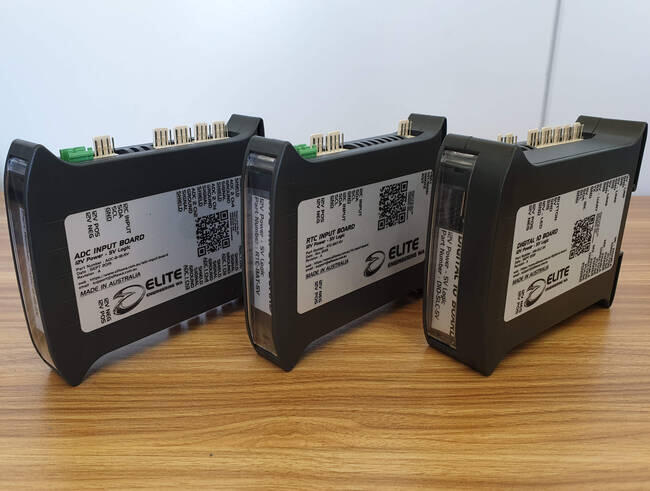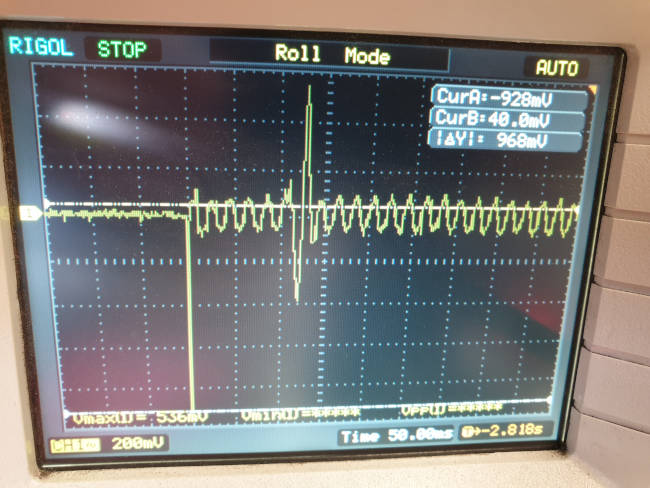Product Design
At Elite Engineering WA, we pride ourselves on our exceptional product design services. Our team of experienced designers and engineers have a proven track record of delivering innovative and high-quality product designs to our clients.
Our Approach to Product Design
Our approach to product design is centered around a thorough understanding of our clients’ needs and requirements. We work closely with our clients to understand their vision for the product and then develop a design that meets those specifications. We take into account factors such as functionality, aesthetics, usability, and manufacturability when developing a design.
Design Process
Our product design process is tailored to meet the unique needs of each client. However, there are some key steps that we follow in every project:
- Research and Analysis
- Concept Development
- Design Refinement
- Prototyping and Testing
- Final Design and Engineering

Our Capabilities
Our team of designers and engineers are highly skilled in a wide range of design and engineering disciplines, including:
- Mechanical Design
- Electrical Design
- Industrial Design
- CAD Modeling
- Prototyping and Testing

Why Choose Elite Engineering WA?
There are many reasons to choose Elite Engineering WA for your product design needs, including:
- Highly experienced team of designers and engineers
- Proven track record of delivering high-quality designs
- Thorough understanding of client needs and requirements
- Tailored design process to meet unique project needs
- Comprehensive design capabilities

If you would like more information on how Elite Engineering WA can help you with your next project please contact us for a quote or more information. Email sales@elitewa.com.au or Phone 1300 887 461
FAQS
Here are some frequently asked questions about product design:
- Functionality: Products must perform the functions they are designed for effectively and efficiently.
- Usability: Products must be easy and intuitive to use, with a low learning curve.
- Aesthetics: Products must look visually appealing and be consistent with the brand’s image.
- Sustainability: Products should be designed with environmental considerations in mind, including the materials used, manufacturing processes, and end-of-life disposal.
- Accessibility: Products should be accessible to all users, including those with disabilities or special needs.
- Research: Conducting market and user research to identify user needs and preferences, and to assess the competition.
- Conceptualization: Generating ideas for the product design, including brainstorming and sketching.
- Prototyping: Creating physical or digital models of the product to test its functionality and user experience.
- Testing: Conducting user testing to identify any issues or areas for improvement.
- Refinement: Incorporating feedback from testing and making any necessary changes to the product design.
- Increased customer satisfaction: Well-designed products are more likely to meet customer needs and preferences, leading to greater customer satisfaction.
- Increased sales: Attractive and functional products are more likely to sell well, leading to increased revenue and profitability.
- Brand differentiation: Products with unique and appealing designs can help a brand stand out from the competition and create a unique identity.
- Reduced costs: Products that are well-designed from the outset are less likely to require costly redesigns or fixes down the line.